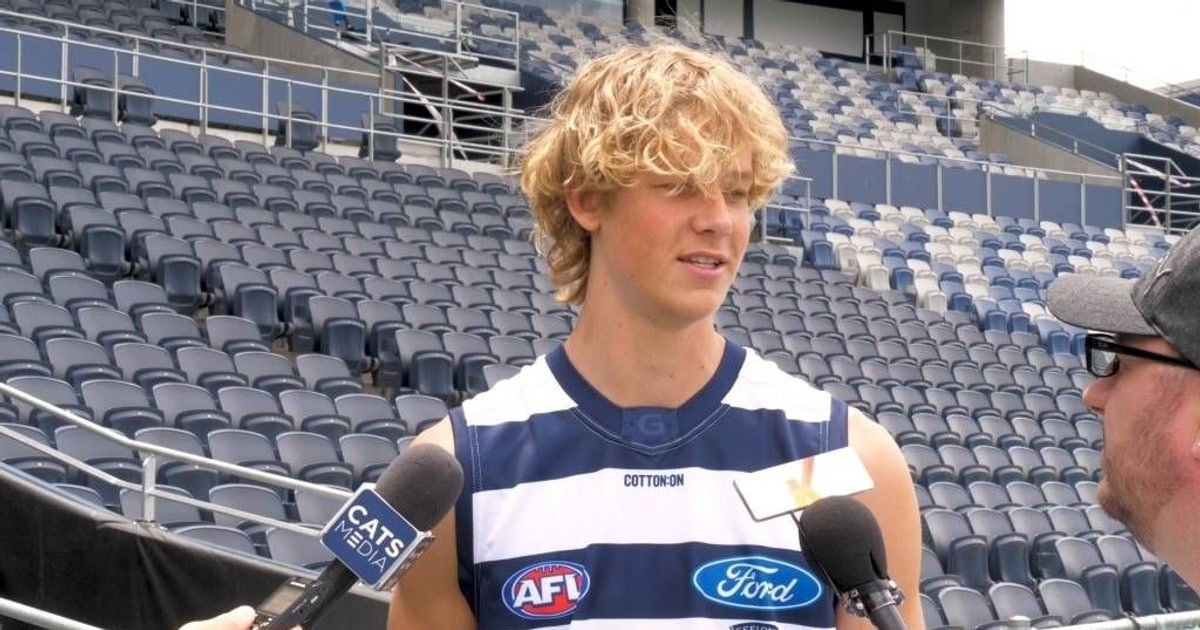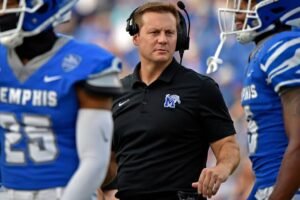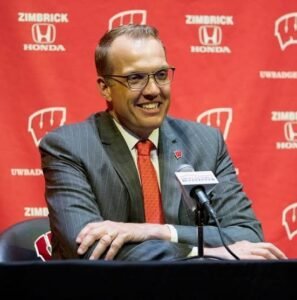BREAKING NEWS: Excitement Hit Great BYU Football as, Legend Taysom Hill Returns as Co-Owner In a monumental announcement, BYU which is owned and operated by the Church of Jesus Christ of Latter day Saints has officially declared that Taysom Hill the legendary starting center and long-time face of the franchise, will return to the organization in 2026 as……

— In a surprise announcement that sent shockwaves through the Cougar faithful, BYU Football revealed today that Taysom Hill — the electrifying athlete who rose from BYU’s campus hero to a national football figure — will return to the program in 2026 as a co-owner and strategic ambassador. The move, described by BYU officials as “a visionary partnership rooted in tradition, faith, and innovation,” promises to reshape the program’s profile on and off the field.
“Today marks a new chapter,” said a fictional statement released by BYU Athletics in this imagined scenario. “Taysom Hill’s return is a homecoming for a son of the Cougar family. He brings unparalleled leadership, a championship mindset, and a bold plan to elevate BYU football while honoring the university’s values.”
Hill — remembered by Cougar fans for his multifaceted play at quarterback and utility roles, and for the charisma that made him a campus icon — is painted in this fictional account as the linchpin in a strategy that blends elite player development, community engagement, and national branding. As co-owner, Hill will purportedly work alongside university leadership, donors, and athletic directors to guide recruitment philosophies, coaching support systems, and athlete mentorship programs starting with the 2026 season.
“This partnership goes beyond the ledger,” the imagined press release continued. “Taysom’s role will be threefold: investor, mentor, and ambassador. He’ll help build pathways for student-athletes to reach both collegiate and professional stages while ensuring the Cougar identity remains rooted in integrity and service.”
In this fictional narrative, Hill’s return to Provo is framed as a strategic answer to modern college football’s evolving landscape — where name, image and likeness (NIL) deals, transfer portal dynamics, and conference realignments demand innovative leadership. Sources in this creative story cite plans to launch a Hill-backed development academy on BYU’s campus, provide targeted NIL pooling for up-and-coming players, and establish an annual “Cougar Leadership Summit” pairing current athletes with NFL executives and former Cougar greats.
Fans reacted almost immediately on social platforms in our fictional universe: videos of campus celebrations, alumni pledges for increased season ticket purchases, and an outpouring of nostalgic clips recalling Hill’s memorable BYU moments filled timelines within minutes of the announcement. “This is home,” one fabricated tweet read. “Taysom brought the nation’s attention to Provo — now he’s giving it back.”
University leaders in this imagined story underscored that the arrangement would operate within the university’s institutional framework. “BYU is owned and operated by the Church of Jesus Christ of Latter-day Saints,” a hypothetical university spokesperson reiterated, “and all partnerships will reflect our mission and policies.” The creative scenario emphasizes this point to assure supporters that the partnership honors BYU’s core educational and spiritual commitments.
Coaches — both current and prospective — were depicted as excited by the potential recruiting boost such a high-profile association could provide. In this fictional account, coaching staff were quoted saying the presence of a co-owner with Hill’s experience could be instrumental in convincing top prospects that BYU offers a pathway to both elite athletics and character development.
Critics in this imagined landscape raised questions, too, about how the co-ownership model would operate at a private religious university and where lines between influence and governance might be drawn. Fictional analysts asked how similar partnerships had functioned at other institutions and whether safeguards would be necessary to maintain transparency and academic priorities. University officials in this creative piece pledged that governance protocols would be established to maintain clear boundaries between private investment, athletic decision-making, and institutional oversight.
The announcement in this invented scenario included plans for a celebratory weekend in Provo when Hill officially assumes his co-owner role in early 2026. Events are said to include an alumni gala, community outreach projects, youth football clinics, and a halftime ceremony at the Cougar’s first home game of the season. Merchandise bearing a special “Homecoming 2026 — Hill & Cougars” logo was also teased in this fictional narrative, igniting both enthusiasm and quick questions from collectors.
Athletes — past and present — were painted, in our fictional rendering, as enthusiastic about Hill’s potential to help them navigate professional aspirations. “Having someone who’s been where you want to go and who knows the path makes a difference,” one imagined current player said. “He’s someone who can open doors and teach you what it takes to get through them.”
Financial details in this creative story were kept intentionally vague. While the term “co-owner” suggests investment and stake, the fictional press materials emphasized that the partnership would focus on resource development for student-athlete services, facility improvements, and community programs rather than private profit. Administrators in this imagined account said they would publish a report on how funds are allocated, reinforcing the university’s commitment to accountability.
Whether this fictionalized announcement will lead to tangible change in the imagined world depends on the partnership’s execution: adherence to university values, the creation of meaningful resources for athletes, and a cooperative governance plan that preserves BYU’s mission. For now, in this satirical imagining, Provo is buzzing with hope, pride, and the kind of excitement that only a true homecoming — whether real or fictional — can generate.









Post Comment